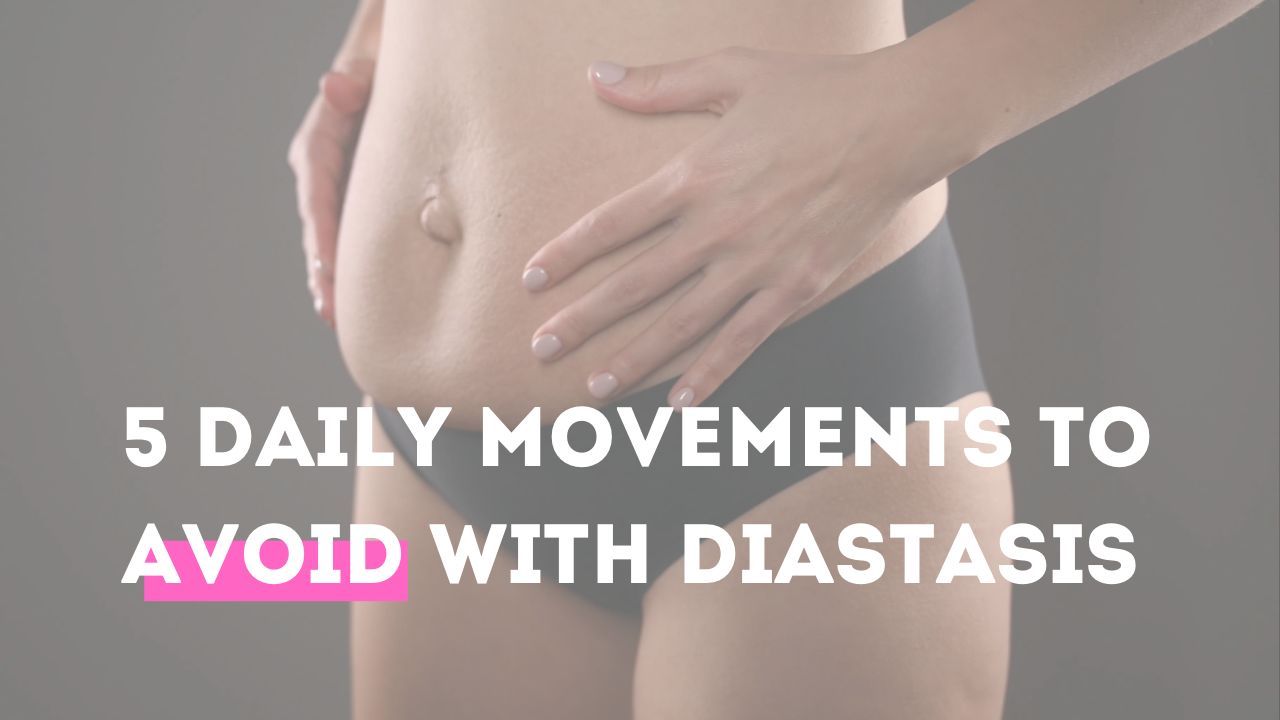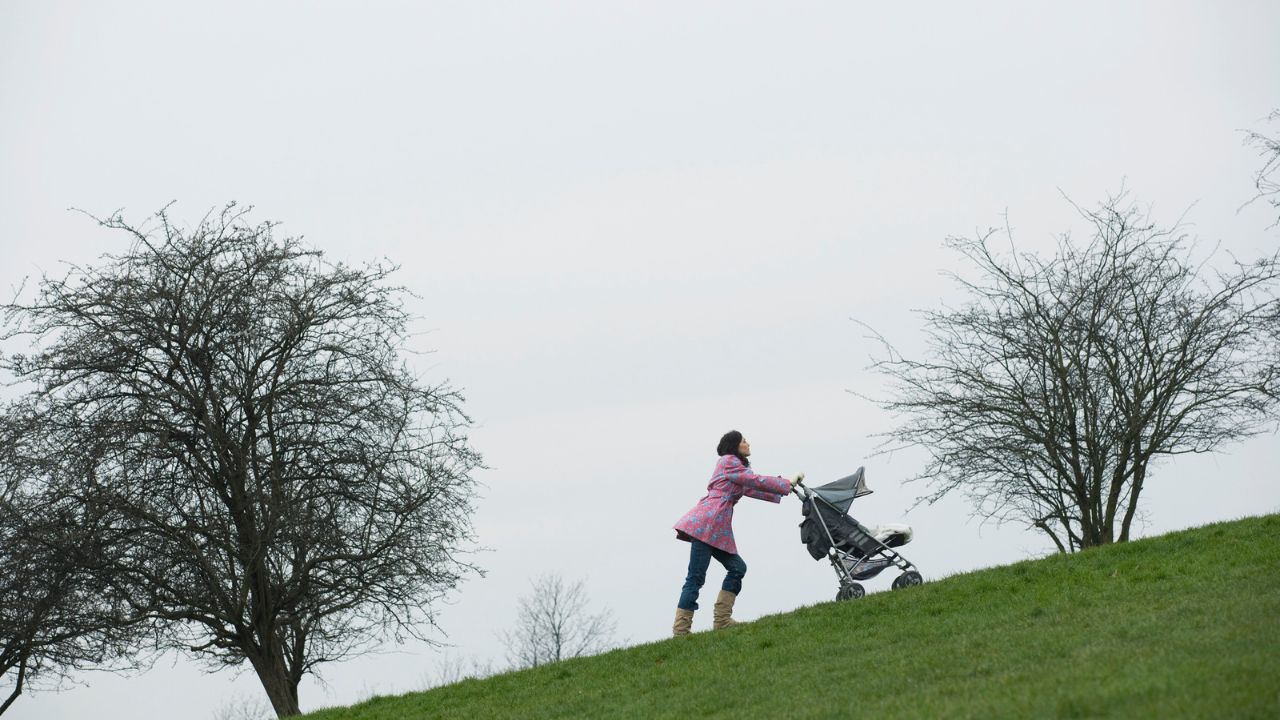5 Daily Movements to Avoid With Diastasis

(and what to do instead...)
Don’t let these common movements hold you back from healing your diastasis. These movements will actually make it worse. So if you’ve been working hard to fix it, make sure your efforts aren’t in vain by making sure you make these small lifestyle adjustments as well.
Here are 5 daily movements to avoid and what to do instead:
1. Sneezing without engaging your core

Sneezing, coughing and blowing your nose exerts forceful pressure on your abdominal muscles, causing them to bulge forward, putting stress on the already compromised connective tissue. This connective tissue (the linea alba) is what holds your abdominal muscles together, and is one of the slowest tissues in the body to repair. If we are working to repair, but also regularly putting pressure on it, we are taking one step forward, two steps back.
2. Sitting straight up from laying down

Have you ever sat up in bed, or gone to get up from your matwork and noticed your abs doming or coning? Sitting straight up like that puts a huge amount of pressure on your abs. Instead, get into the habit of rolling over to the side, and using your top arm to push you up to seated. This will significantly reduce the number of times in a day that your linea alba comes under stress. Of course sit ups, crunches, 100s etc should be avoided at all costs as well.
3. Bending forward while pushing the stroller

Walking with the stroller is a great way to get your 10k steps in per day and it’s great for mental health. But just make sure that you aren’t slouched over the stroller with your hips pushing back, as this can cause immense back pain even in people without diastasis. Stand up straight, and if you’re pushing uphill, make sure your forward lean comes from your ankles instead of buckling at your hips.
4. Reaching into the back of the car

Be mindful about when you reach into the backseat of the car to pass something to your child! Deep twists should be avoided with a diastasis, because when you twist deeply, you are essentially sliding the abs apart from each other. Again, preventing them from healing back together. Instead, try to keep a tone in your core and twisting more from your upper back so as to prevent this sliding apart of the abdominals.
5. Belly Breathing

Be careful in situations like meditation and yoga where you are being encouraged to “fill your belly with air”. Again, this encourages stretching of the weakened linea alba, which we are trying so diligently to remodel. This connective tissue takes a long time to remodel, and it can’t do so if we are consistently stretching it. My free pelvic floor training will teach you how to breathe in a way that keeps your fascia stable, eliminates rib flare, and flattens your tummy.
Just know that a diastasis repair is a slow and steady fix and requires great patience. Putting this kind of force on your abdominals on a regular basis can make a diastasis worse even long after it’s healed. So it’s best to get out of the habit of doing them altogether.
Many “postpartum” fitness programs (both online and in person) claim to help you build “core strength”. But what they don't tell you is that for those who’ve either recently given birth, or who have any degree of pelvic floor dysfunction and/or diastasis, they can also cause damage to the very muscles and tissues you are trying to restore. Any movement that causes your ribs to flare, your abs to bulge forward, or puts a downward or bulging pressure on your pelvic floor can worsen or even induce diastasis recti. Click here to learn how to self check for Diastasis Recti.
The Mama Method is a proven method of core and pelvic floor restoration that not only avoids contraindicative movements and exercises, but that actually teaches you how to strengthen and rebuild your entire body, no matter how long it’s been since you gave birth. We’re a community of like-minded women who want to “bounce forward” and to become the strongest, most capable versions of our new selves. Learn more about the Mama Method here.

